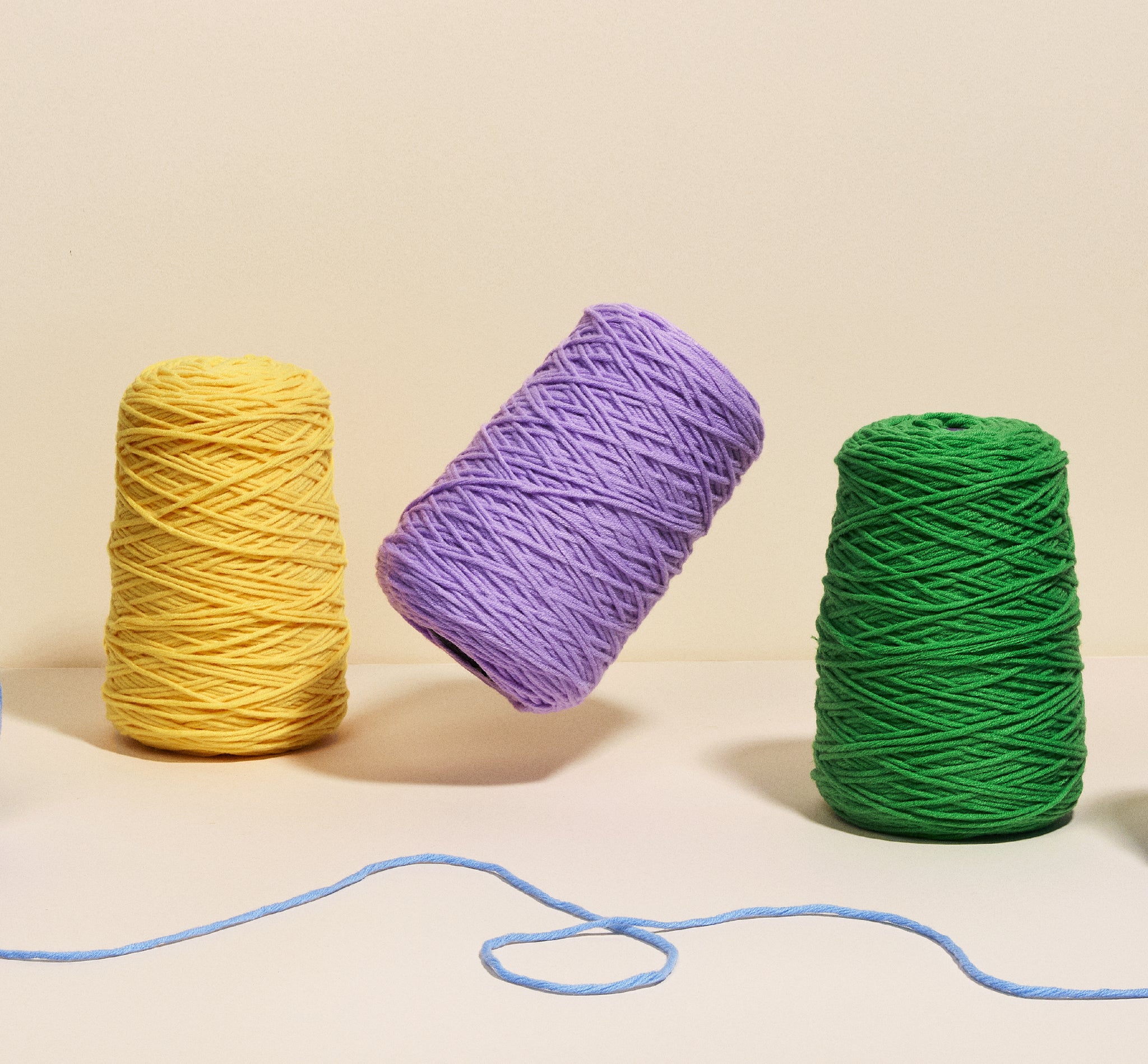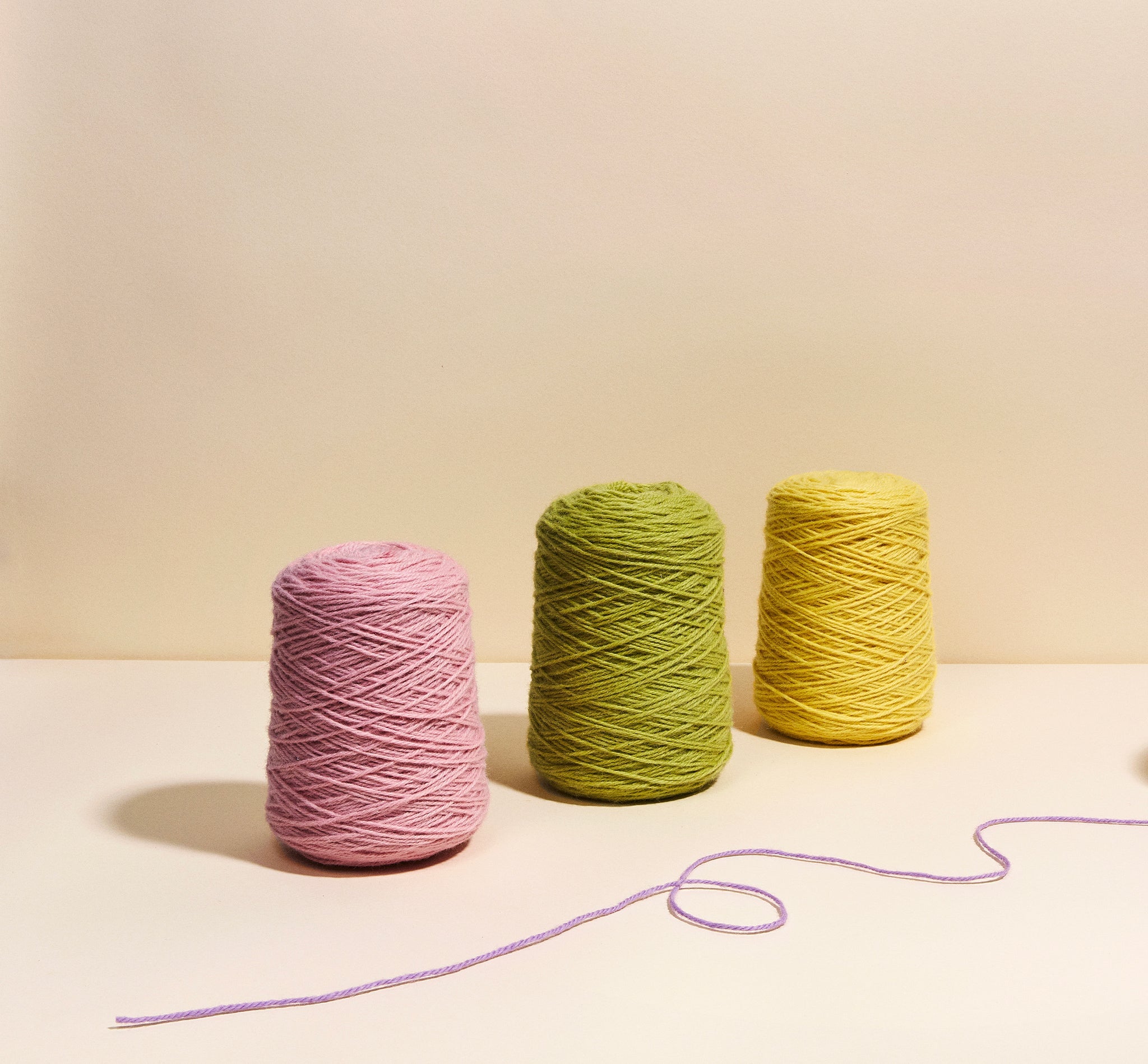Tufting yarn is undoubtedly the essential element to have. It is thanks to him that your projects come to life. Without it, no tufted creations. It will allow you to let all your creativity express itself. Both in terms of colors, shapes and patterns. So let your desires do the talking, from the simplest to the most extravagant.
Which tufting yarn to choose?
The choice of thread will mainly depend on your expectations. Want to make a rug? Opt for a wool tufting yarn that will withstand repeated passages. The model we offer was made in New Zealand and is not afraid of water or stains. It is the most popular wool yarn for making rugs.
If you want to make wall creations to showcase your artistic talents, prefer an acrylic yarn. It is also the ideal yarn for beginners. It will allow you to improve your skills without spending too much.
How do you get the most out of your tufting yarn?
To work quickly and efficiently, nothing beats using a quality professional tool like a tufting gun . It will offer you an exceptional saving of time as well as an incomparable rendering. Other accessories will allow you to make the most of your tufting yarns: scissors. Whether they are called wire cutters or pelican, they will allow you to maintain a clean and neat work, thanks to their high cutting precision. End of superfluous threads, loops nothing stops them.
Whether 100% wool or 100% acrylic, we offer high quality yarns in a wide range of colors. Delivered mounted on a cone, they will allow you to work immediately and without hassle. And if you have balls, consider winding them using a manual winder .
FAQ - Tufting Yarn
-
We recommend our acrylic yarn , which is specially designed for tufting. Its thickness allows you to use a single yarn instead of several , simplifying the process. Supplied in a cone, it offers ideal tension and prevents knots.
Acrylic is a great choice for beginners: economical, available in a variety of colors, and easy to work with.
New Zealand wool yarn:
This yarn is stronger and more durable over time, but less soft than acrylic. It is recommended for rugs intended for flooring, particularly in high-traffic areas (hallways, living rooms, entryways). Its cost is higher, but its strength makes it an excellent choice for long-lasting rugs. -
A thick, strong yarn is best to prevent breakage. Our acrylic yarns are specially designed for use with a tufting gun and offer good tension without requiring multiple strands.
-
The tufting frame is essential for properly stretching the tufting fabric and ensuring optimal stability while using the tufting gun. A well-stretched fabric allows for precise patterns and prevents unevenness.
-
If you are using balls of wool, it is recommended to wind them onto a spool to prevent the yarn from tangling and to make it easier to unwind.
If you use our acrylic yarn on a cone, it is ready to use and requires no
additional winding. -
This can be caused by improper spool unwinding, uneven tension, or improperly wound thread. Using a winder or cone holder can help smooth out the thread feed.
-
The amount of yarn depends on the size of the rug and the density of the tufting:
Small rug (50x50 cm): approximately 500 g to 1 kg of yarn.
Medium rug (1m x 1m): between 1.5 and 2.5 kg of yarn.
Large rug (2m x 2m): up to 8 kg of yarn or more. -
Yes, but it is important to choose yarns with a similar thickness and texture to avoid irregularities in the cut and finish of the rug.
-
It is advisable to store your wires in a dry, dust-free place to prevent them from becoming tangled or damaged over time.







